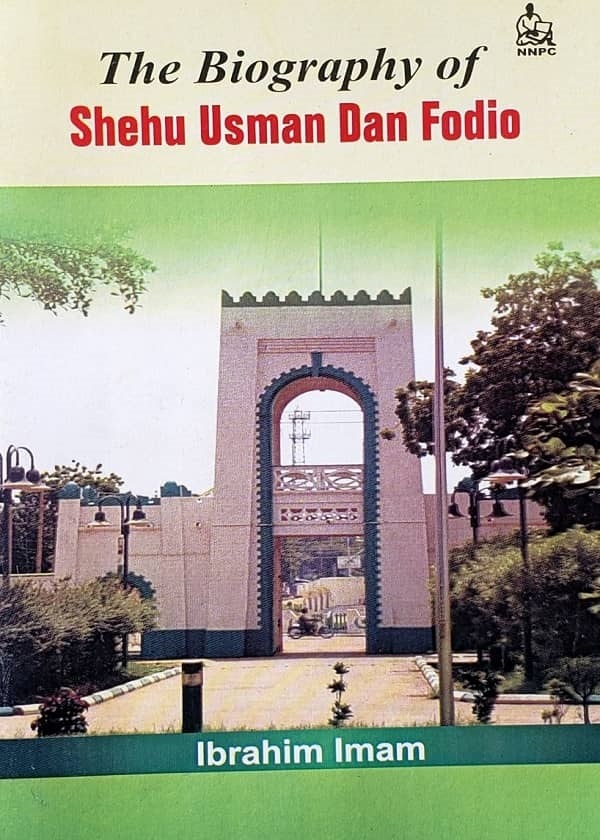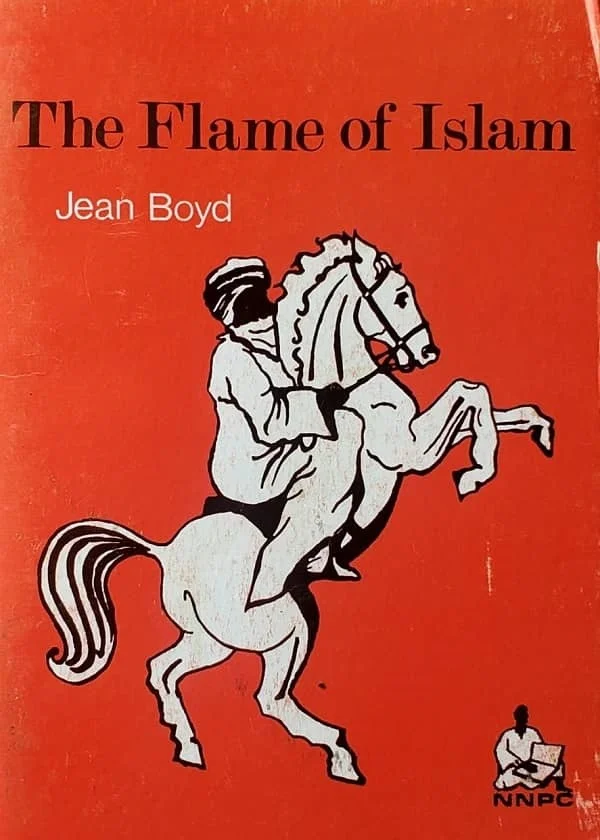I have no doubt in my mind that there is nothing more appropriate than to dedicate the biography of this revered cleric to the memory of his great grandson, the late Sir Ahmadu Bello, the Sardauna of Sokoto and the Vice President of the World Muslim League, who spent most of his life promoting the cause of Islam.
A selection of biographies and memoir books at Tarbiyah Books Plus, the leading Islamic Bookshop in Abuja, Nigeria
-

-

The Flame Of Islam By Jean Boyd
₦2,000Jean Boyd’s work delves into the origins, goals, and outcomes of the Jihad, presenting a clear narrative that highlights the key events and figures involved in this historical movement. The book is intended for readers who seek an introductory yet insightful overview of this significant period in West African history.
